Samain Bare Aspen Moon
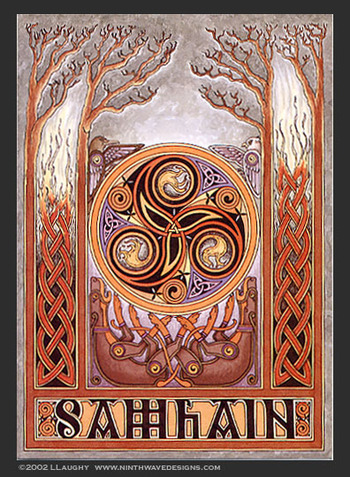 Think I’ve figured out my kabbalah presentation. Still a bit rough around the edges but that’s going to be part of it. It’ll be a how to think with the tree of the life as a touchstone example, using the Great Wheel as an instance.
Think I’ve figured out my kabbalah presentation. Still a bit rough around the edges but that’s going to be part of it. It’ll be a how to think with the tree of the life as a touchstone example, using the Great Wheel as an instance.
It’s been a difficult couple of weeks trying to figure out whether or not I’m trying to put the cliched square peg in a round hole. That is, can the Great Wheel be interpreted from within the tree of life’s basic framework? Or, vice versa.
My tentative conclusion right now? Yes, they both speak to the same essence, to a fundamental truth about the nature of reality as we humans experience it. Both abstractions focus us on the dynamic of life arising from the inanimate and returning the borrowed elements to the inanimate at the end of a cycle. We could call it entropy, but entropy does not have the revivifying element of both the tree of life and the Great Wheel.
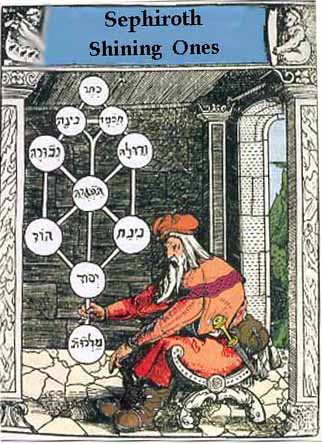 This a crucial difference between a secular, scientific world view and a mystical one. Entropy posits, as I mentioned in a post not long ago, that all things die, including death, I suppose. The Great Wheel and the tree of life challenge that grim metaphysics with an alternative.
This a crucial difference between a secular, scientific world view and a mystical one. Entropy posits, as I mentioned in a post not long ago, that all things die, including death, I suppose. The Great Wheel and the tree of life challenge that grim metaphysics with an alternative.
In the tree of life emanations from the keter, or crown, flow down through the ten sephirot, emerging after a journey through possibilities and limitations, into malchut, the realm of the Shekinah or the feminine aspect of the divine. This is the daily reality you and I experience. Rabbi Jamie uses the illustration of a fountain with metal leaves (the sephirot) that catch the emanations, then direct the flow downward toward malchut. This could be entropic. Divine emanations could flow down to malchut, exist there for awhile, then simply disintegrate, disappear. Or, they could all flow down to malchut until it was filled, then the flow would stop. The heat death of the universe could be seen as such a result for the big bang.
But this fountain flows both ways. Malchut, as Rabbi Jamie explains it, is also a pump and the fountain sends water (divine energy) back up the tree of the life, returning it to the ein sof, the infinite oneness. Repeat until God is repaired.
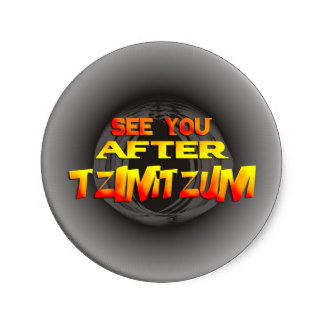 God became fractionated during the tzimtzum, the contraction of divine energy that made the finite possible. This idea is still difficult for me, but I’m just accepting it for the purposes of this presentation. During the tzimtzum the infinite light, ohr, tried to manifest in the finite, filling the space created by the contraction, but the vessel, things, (ein sof = no-things, infinity) could not hold it and shattered. That shattering created all the elements that now make up our universe. (and other universes, too) Trapped inside all of these elements is the ohr. The ascent and descent of divine energy, from the keter to malchut and backup through the sephirot to the keter from malchut, is the way the ohr will once again join with the infinite. How? No clue.
God became fractionated during the tzimtzum, the contraction of divine energy that made the finite possible. This idea is still difficult for me, but I’m just accepting it for the purposes of this presentation. During the tzimtzum the infinite light, ohr, tried to manifest in the finite, filling the space created by the contraction, but the vessel, things, (ein sof = no-things, infinity) could not hold it and shattered. That shattering created all the elements that now make up our universe. (and other universes, too) Trapped inside all of these elements is the ohr. The ascent and descent of divine energy, from the keter to malchut and backup through the sephirot to the keter from malchut, is the way the ohr will once again join with the infinite. How? No clue.
OK. So how does this correlate, if at all, with the Great Wheel? The Great Wheel divides into two halves, a fallow half beginning at Samain and ending at Beltane when the growing season begins. That’s roughly from October 31st to May 1st on the Gregorian calendar, but of course the reality varies by latitude and altitude. The key thing to consider here is a growing time, a time of vitality and, not only vitality, but vitality created from the inanimate materials of soil, air and sun followed by a fallow time when plants die back, when the animate returns to the inanimate.
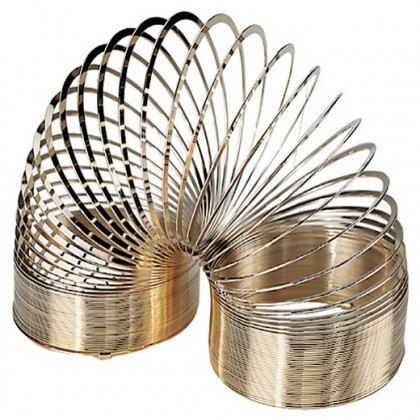 This is a malchutian manifestation, I think, of the ascent and descent and ascent again of divine energy represented by the tree of life. Why? Well, until the divine energy passes through yesod and becomes real in malchut, it is hidden, invisible, just like the vivifying function of the soil and the air and the sun is hidden during the fallow time. Both represent the cyclical nature of things coming into existence from apparent no-thing, then returning themselves to the invisible, the hidden.
This is a malchutian manifestation, I think, of the ascent and descent and ascent again of divine energy represented by the tree of life. Why? Well, until the divine energy passes through yesod and becomes real in malchut, it is hidden, invisible, just like the vivifying function of the soil and the air and the sun is hidden during the fallow time. Both represent the cyclical nature of things coming into existence from apparent no-thing, then returning themselves to the invisible, the hidden.
Whereas the summer solstice could be seen as a major holiday for malchut, so the winter solstice could be seen as a major holiday for the keter and the ein sof. The summer solstice is a celebration of growth and fertility, the winter solstice a celebration of darkness and hiddenness, the depth (or height) of the nine sephirot and their crown.
Now it could be said, and I have said, that the Great Wheel represents cyclical time and that the notion of time itself is a matter of mental organization for the human mind. It could also be said that the very nature of the Great Wheel limits it to malchut since it expresses the seasonal changes of our particular planet. I believe, at least right now, though, that the Great Wheel instead reveals the universal nature of life on our planet, in malchut, as a simulacrum of the energy paths of the tree of life.
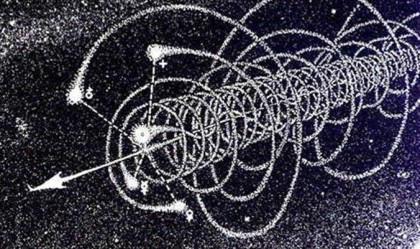 The slinkys I will hand out, tiny one-inch ones, illustrate what I mean. The Great Wheel turns through one year, one orbit around the sun, then repeats and is, in that, cyclical and not chronological. But, if you link this orbit to that one we get a spiral as our rapidly moving planet follows our solar system around the galaxy at unimaginable rates of speed. The Great Wheel then extends in space, in a spiral, this year’s revolution becoming another while the whole planet and its sun captive neighbors push further and further around the Milky Way. And, just to add complexity, as the whole galaxy moves, too.
The slinkys I will hand out, tiny one-inch ones, illustrate what I mean. The Great Wheel turns through one year, one orbit around the sun, then repeats and is, in that, cyclical and not chronological. But, if you link this orbit to that one we get a spiral as our rapidly moving planet follows our solar system around the galaxy at unimaginable rates of speed. The Great Wheel then extends in space, in a spiral, this year’s revolution becoming another while the whole planet and its sun captive neighbors push further and further around the Milky Way. And, just to add complexity, as the whole galaxy moves, too.

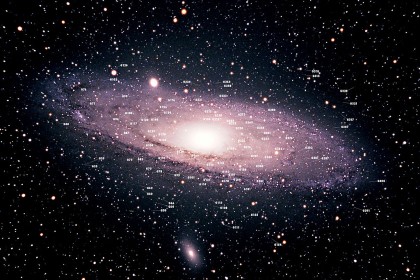
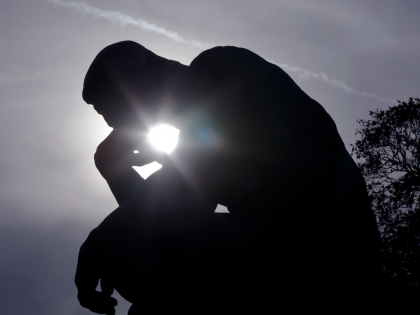 Empty. No way to know where you are because there are no reference points. Only empty space. But. This amount of space is contained by the limits of the universe. (I’m pretty sure this experiment violates some way of understanding the universe. An edge to the universe seems difficult to comprehend, but let me have this small-ok, large-conceit.) Now we put back in all the stuff. The things. Right back where they were.
Empty. No way to know where you are because there are no reference points. Only empty space. But. This amount of space is contained by the limits of the universe. (I’m pretty sure this experiment violates some way of understanding the universe. An edge to the universe seems difficult to comprehend, but let me have this small-ok, large-conceit.) Now we put back in all the stuff. The things. Right back where they were.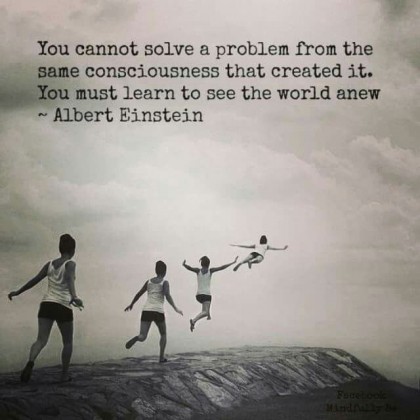 This means, I think, that space as we use the term in day to day life is actually about relationship, not stillness and not emptiness. In other words the amount of space remains constant, yet we perceive space as relational, the gap between things. Space is used as a way of understanding relationships, actually, of perceiving other objects, because without space to differentiate objects everything would mush together to a somehow independent observer.
This means, I think, that space as we use the term in day to day life is actually about relationship, not stillness and not emptiness. In other words the amount of space remains constant, yet we perceive space as relational, the gap between things. Space is used as a way of understanding relationships, actually, of perceiving other objects, because without space to differentiate objects everything would mush together to a somehow independent observer.

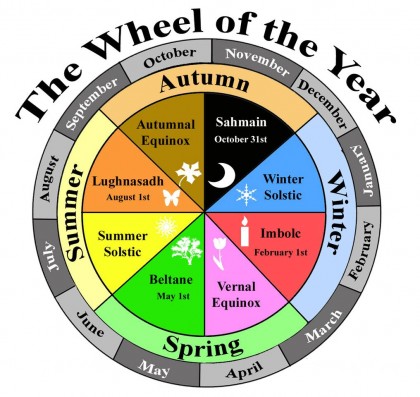 In one sense then the Great Wheel, focused as it is on this earth, can only be of malkuth, that is, of the sphere of the actual, the bottom circle below the hand of the kabbalist in the illustration. In another sense, since all sephiroth contain all others, what is of malkuth must also be of the others, the spiritual dna of the whole universe. So, if we take the Great Wheel as a metaphor for the creating, harvesting and ending of life, a cycle without end, then the Great Wheel is, too, a Tree of Life. That is, the inanimate becomes animate, the animate lives, then dies, returning its inanimate particulars to the universe which, through the power of ongoing creation, rearranges them in living form so the cycle can go on.
In one sense then the Great Wheel, focused as it is on this earth, can only be of malkuth, that is, of the sphere of the actual, the bottom circle below the hand of the kabbalist in the illustration. In another sense, since all sephiroth contain all others, what is of malkuth must also be of the others, the spiritual dna of the whole universe. So, if we take the Great Wheel as a metaphor for the creating, harvesting and ending of life, a cycle without end, then the Great Wheel is, too, a Tree of Life. That is, the inanimate becomes animate, the animate lives, then dies, returning its inanimate particulars to the universe which, through the power of ongoing creation, rearranges them in living form so the cycle can go on.